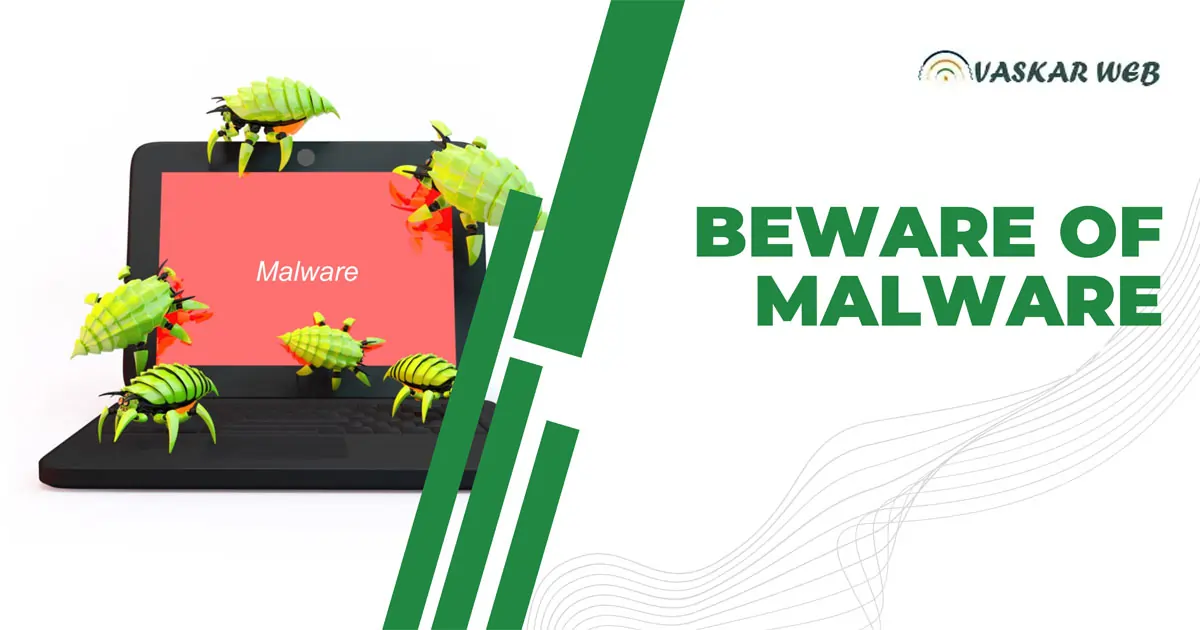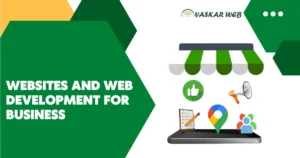Beware of Malware in your Website – protect yourself.
Suffered a monotonous morning on Monday? Your team could not configure their pending works as a WordPress site, and your workforce life refused to continue. You see malware notifications as you try to open the site.
Please take note of those appearances. Do you witness malicious things like drugs or illegitimate things like pornography? Make sure that someone has a headache as you are running smoothly. That person has taken away important documents from your saved network.
Bad effects
He can use the data to spoil your reputation by inserting irrelevant things or can simply destroy those. Either way, your business operation will face a rampant. It is called hacking or hijacking of a website.
In this article, I will try to explain how Wordfence Security Plugin for WordPress, popular anti-hacking software, can help you prevent such malware from bugging your software.
What is malware?
If you work through fundamental senses, malware is malicious software. Hackers use this freeware to exploit or destruct a programmable device, network, and/or service.
People doing such nasty jobs are cybercriminals. The main purpose of committing such a crime is to extract important and valuable data from the storehouse in an expectation of achieving some financial gain. Data thus stolen may include financial information, healthcare records, personal emails, and passwords. The range is unlimited under such cases.
Malware is sent vide email attachments, propped advertisements, spreading an infected app, or a contaminated USB driving. Fishing emails and other text messages are the most popular forms in this regard.
Why these cybercriminals hack?
Infiltration into WordPress can be explained from various perspectives. In the following lines, I am trying to explain a few of those:
• Hacking WordPress or any worksite is a tumulus black-hat SEO tactic; the hacker tries to imitate your company’s SEO policies. Thus, he steals your data to figure out your strategy.
• One among your competitors may have hired him/her to generate their back-links and use them into their frame. With this, your goodwill is sure to suffer a lot.
• Stealing customer data and influence sensitive customers.
• Any jealous competitor may hire a hacker to hurt your site with malware. In this way, the competing company may try to faze you out and accumulate the benefits.
How to confirm that your site has been hacked?
We use anti-malware software to know that our programmable device has been hacked. It is a program that helps you find if your site has been provoked by any hacking software. Once you install the program, not only will it help detect any malware intrusion. Rather, it will help protect your system and make regular scanning to keep it malware-free.
Installing anti-malware software does not involve any cost. You can download these from the internet free of cost. You may wonder which one you would trust. For your convenience, I am offering a site link. It is trustworthy, you can believe me.
What you need to do is to download the file; following the prompts on the screen will help you install the software on your computer. You are assured of the endpoint protection henceforth go Malware test click this link.
Precautions against malware
• Use reputed host
• Do not lodge so many applications; avoid unnecessary downloads.
• Install malware protector on the first date you start working with your application software.
• Change the themes in your application frequently; it will discourage the hacker as he/she will be confused about which themes will h/she be able to hack.
• Keeping the Anti-virus software updated is mandatory too.
• Use the Anti-virus software for your system scanning most frequently.
• Besides updating the software, keep your system up-to-date with the introduction of concurrent features.
• Arrange a separate keeper for vital information.
• Only a secured Wi-Fi connection should be used. Installing a local internet connection bears a certain amount of risks.
• Use proper backup for important files.
• Protect your system and the application software with several strongly built Passwords.
Information about cleaning a hacked WordPress site
• According to experts, application people should start deleting the software content, plug-ins, and the directory. You can reinstall plug-ins files without much effort. The application software gets your purpose almost instantly and disables those plug-ins.
• As I mentioned in the precaution section, you should not have more than one theme directory. You need to mark it with a special sign for easy identification later.
• Be careful while dealing with a child theme. You may need a couple of directories for adopting the vernacular themes. It offers additional security threats.
• You need to adopt extra care while opening the admin and includes directories. These normally contain several new files that may carry malware.
• Very few developers take serious note about updating sub-directories that may contain old files. Thus these get infected quite at ease; malware experts, therefore, start their operation from this zone.



